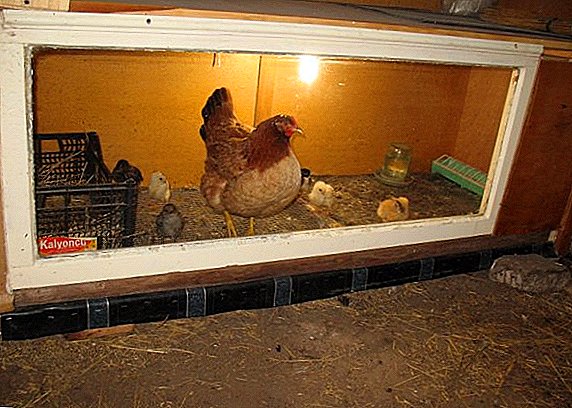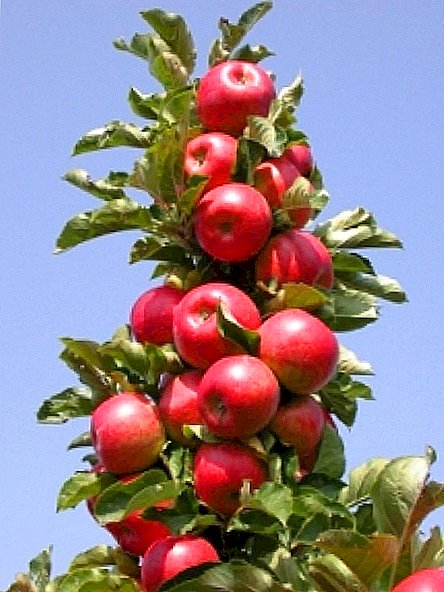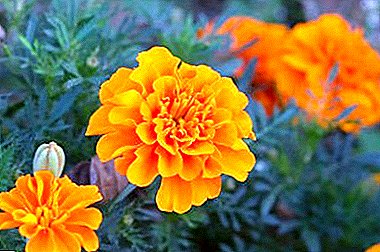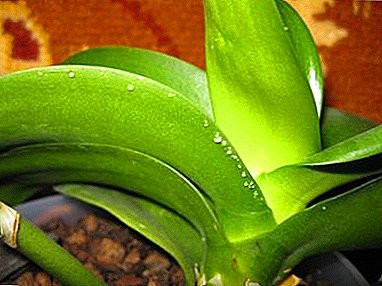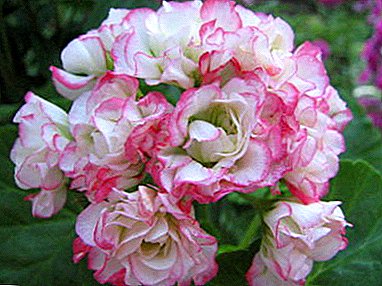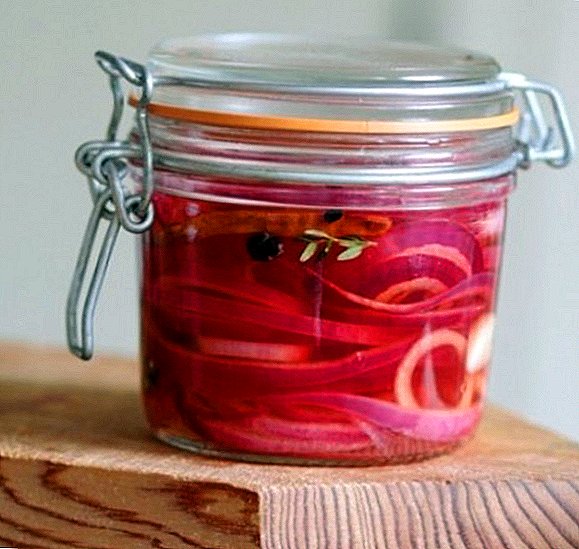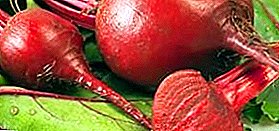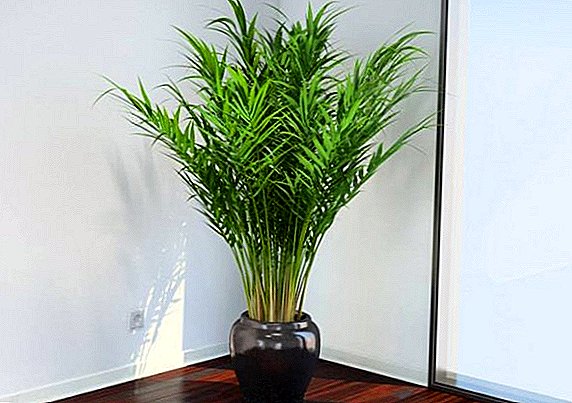 In the interiors of various homes, offices, cultural and entertainment facilities, hotels, restaurants and cafes, palm trees have long ceased to be an amazing exotic. And yet among the palm of abundance there are instances that attract attention with its particularly catchy appearance, such as areca. Read more on the Areca palm tree in the article.
In the interiors of various homes, offices, cultural and entertainment facilities, hotels, restaurants and cafes, palm trees have long ceased to be an amazing exotic. And yet among the palm of abundance there are instances that attract attention with its particularly catchy appearance, such as areca. Read more on the Areca palm tree in the article.
Plant description
This palm tree (areca palm), numbering 45 species, grows wild in the tropics of Asia, Australia and Madagascar. In artificial cultivation, it most often has several thin stems that surround ring-shaped scars, which remain the same leaves. The deciduous mass is represented by densely spaced pinnate bright green leaves of lanceolate type with cuts on the upper part. 
Indoors, plant height reaches a maximum of 4 m. It blooms at home very rarely. In nature or in special greenhouses on the areca, small inflorescences form in the form of ears, consisting of white flowers. The palm tree berries are colored yellow-red, and the seeds have a pink-white color.
Did you know? Along with all the famous coconut and date palms, there are palm bread, cucumber, sausage, wine, honey, sugar candy, oilseeds, milk and even palm-cakes.
Main types
In the premises of the areca is cultivated mainly in 3 species presented:
- areca yellowing, growing in nature in Malaysia and representing a 10-meter high plant with leaf plates up to 1.5 m long;
- Areca catechu, or betel palm tree, growing in nature in East India, growing in height up to 20 m and having leaves in the form of segments up to 2 m long;
- areca trekhtychinkovoy, growing in India, which has several trunks up to 3 m in height, with a diameter of not more than 5 cm and with leaves 1.5 m long, whose segments look drooping.
Landing features
In the presence of high-quality planting material, a correctly made substrate and a well-chosen capacity, planting a palm tree does not pose any particular difficulties.
Soil preparation
Arekovo culture prefers neutral acid or acidic soil, in which the pH is in the range from 6 to 7.8. A prerequisite is the friability of the soil, ensuring the guaranteed removal of excess fluid. The best option is to purchase a professionally made substrate in specialized outlets. But in this case, experts recommend for a more comfortable growth of palm trees to enrich it with pine bark and peat. 
You can make a high-quality substrate on your own, for which you need to mix in parts:
- sod land - 4;
- leaf land - 2;
- river sand coarse fraction - 1;
- humus - 1.
To this mixture should also be added in small quantities:
- pine bark;
- charcoal;
- bone meal.
Preparation of planting material
Areca seeds are used for planting palm seeds or seedlings obtained by dividing the bush. More on the preparation of planting material will be discussed below when it comes to reproduction of palm trees.
Read also the general guidelines for the proper care of home palm.
Landing technology
For high-quality planting, in addition to a well-designed substrate, good drainage is also required. The areca will feel comfortable in the ground, the liquid in which, when irrigated, having moistened it with high quality, will not linger in it and will merge in a few seconds. To this end, a drainage layer is laid at the bottom of a tank designed for planting at least 3 cm high. 
Best of all it is obtained from the materials presented in the form:
- small pebbles;
- perlite;
- pumice stone;
- large fraction river sand;
- coarse peat;
- crushed granite;
- wood chips.
The tank, at the bottom of which the drainage layer is laid, should have drainage holes and be deep - up to a quarter of a meter, since the areca has a strong root system. A seedling is planted in a pot so that the root neck is not filled with the substrate.
Did you know? Currently, there are almost 3.5 thousand species of palm trees alone on the planet.
Home care
Caring for areca palm tree is not excessive work, but some particular care needs to be known.
Lighting
Having become accustomed to the penumbra of tropical forests in their homeland, the areca and in home-grown conditions grows well in conditions of dim lighting. That light, which comes from the windows and from the lamps in a particular room, is enough for a comfortable existence of a palm tree. Moreover, she does not accept direct sunlight, which in the first 5 years of her life can adversely affect her. For the harmonious development of a plant, it is recommended to turn it every 180 weeks through 180 ° with respect to the main light source in the room.
Temperature
The most comfortable temperature for a palm tree in a room where the areca grows corresponds to the temperature conditions at its homeland in the tropics and lies between + 27 ° C and + 35 ° C. At home, consistently maintaining such a temperature is problematic, so it remains only to ensure that the plant does not fall under the air flow with a temperature below + 18 ° C during ventilation. In winter, the palm tree should be kept away from the entrance and balcony doors, as well as windows. 
Air humidity control
Accustomed to grow at home in tropical rain forests, areca and indoors requires high humidity. To do this, you have to resort to using humidifiers, as well as to systematically spraying palm with warm water. With insufficient air humidity, the palm tree loses its decorative qualities, the leaf plates are reduced in size, and the ends of the leaves begin to dry.
Watering
To determine when it is time to water the plant, you should check the condition of the top layer of the substrate. If it is dried to a depth of 3 cm, immediate watering is required.
Important! Areca palm tree is just as sensitive to over-irrigation as it is to overdrying earthen clod.
Even with a good drainage layer in a pot, the roots of a plant can rot, if the accumulated water in the pan is not removed in time. It is necessary to water a palm tree only with warm water, the temperature of which is not lower than room temperature. Best for irrigation rainwater. Tap water can be used only after no less than daily sludge.
Top dressing
To feed the areca with fertilizers, it is necessary throughout the whole year, in spring and summer bringing the intensity of top dressing up to 2 times a month, and in the fall and winter reducing them to monthly. It is best to apply specialized fertilizers for palm trees or deciduous indoor plants. It is desirable that the ratio of sodium, phosphorus and potassium in them is 9: 6: 3. In addition, during the growing season, foliar dressing with macro- and microelements, carried out every month, is necessary.
The fact which nutrient deficiency a plant experiences is clearly signaled by its appearance:
- Lack of nitrogen leads to inhibition of palm growth and blanching of the green color of foliage.
- Potassium deficiency provokes the appearance of yellow and orange spots on the leaf plates, as well as necrosis of the edges of the leaves.
- The lack of magnesium leads to the formation of a light yellow strip at the edges of the leaf surface.
- The lack of manganese is manifested in chlorosis of young foliage.
- When zinc deficiency necrotic manifestations occur in foliage.

Pruning
The meaning of pruning the discussed palm tree is to eliminate additional shoots that inhibit the growth of the main shoot. In addition, the leaves are dead, broken and bent below the level of the soil. However, it is not necessary to eliminate only the leaves that started to acquire yellow or brown hues, since the plant continues to use the nutrients contained in them.
Also, when pruning, you must be extremely careful not to hurt or damage the stem of the plant. There is also a rule that it is not necessary to remove more leaves during pruning than they appear on the plant during the year.
Transfer
This operation is relevant for areca only during its growth, when the root system becomes cramped in a pot. The most gentle way to transplant is the transshipment method. For this, the soil is well moistened and removed in the form of an undisturbed earthen coma, which allows the sensitive root system of the palm to transfer the operation as painlessly as possible. Transplantation is best done in April. 
Capacity for this operation should not be taken with a diameter much larger than the previous one. A new pot should be in diameter a maximum of 5 cm wider than before. A drainage layer is placed on its bottom, and an earthen room is installed in a pot to such a depth that when adding a substrate it will in no way fall asleep to the root neck. Adult plants that have stopped growing do not need transplantation and suffer it very painfully. It is better to remove the top layer of soil in containers with them every year and replace it with a fresh substrate.
Breeding
The preferred method of breeding areca is seed. This palm is also propagated by dividing the bush.
Growing from seed
Before sowing seeds in the soil they need for 10 minutes. soak in a weak solution of sulfuric acid. Then the seeds are deepened to a depth of 3 cm in the substrate, the composition of which was described above, and watered. After that, containers with seedlings are covered with glass or transparent film and are installed indoors with a temperature in the range between + 27 ° C and + 30 ° C.
At this temperature, the seeds sprout on average after six weeks. At lower temperatures, the shoot process can be extended up to 4 times. Palm sprouts are required to provide the same temperature regime, partial shade and fertilizer with complex fertilizers every 3 months, produced by watering at the rate of 4 g per 1 liter of water. 
Dividing bush
This method of reproduction becomes possible due to the fact that flower growers planted more than 10 separate plants in a single container to give the plant pomp. Therefore, it is possible to divide these plants and plant them in separate pots. This is best done in April. For this purpose, drainage materials and substrate, which were described earlier, are used, as well as capacities corresponding to the development of the root system of specific seedlings.
In the process of transplanting the bush is removed from the pot, the soil is manually removed from the roots, the roots themselves are extremely carefully separated, and each individual sapling is planted in a pot with a drainage layer and a prepared substrate, after which the plant is watered. The rooting of seedlings is best carried out at a temperature of + 20 ° C to + 25 ° C, ambient light or in partial shade and high humidity. Palms take root under such conditions in the period from 1 to 2 weeks. After that, the seedlings need to be fed with complex fertilizers, for which a half dose is taken, intended for adult palms.
We advise you to learn about the diseases and pests of palm trees.
Growing difficulties
The main problems encountered in growing areca palm trees at home are associated with improper care and are presented:
- drying the deciduous mass;
- root system decay;
- inhibition of plant growth.
The reasons for this are:
- low temperature in the room, low air humidity or lack of moisture in the soil, leading to the fact that the tip of many leaves dries;
- water stagnation due to excessive watering and untimely disposal of excess water in the pan, leading to rotting of the roots;
- excessive shading of the plant, leading to inhibition of growth.
Also, excessive palm shade in combination with frequent spraying of foliage can cause fungal diseases, manifested in the form of red-brown and black spots on the leaves, which can turn into a necrosis of the leaf surface. Prevention of this disease is to increase the illumination and reduce the intensity of spraying the foliage. Fighting directly with the fungal disease is carried out with the help of fungicides. 
Of the pests areca palm tree is most often affected:
- eoscule shieldwhich settles on the trunks, in the leafy sinuses and on the young shoots and which are combated by wiping the affected areas with alcohol, as well as treatment with insecticides like "Aktarry", "Corinthor" or "Calypso"
- mealybug, hiding in the leafy sinuses and laying eggs on young leaves, for the fight with which they use the same means as in the fight against the shield;
- spider mitehiding on the lower side of the foliage, which is used to combat acaricides in the form of "Sunmite" or "Envidora".
Important! In the seeds of areca palm tree there are many toxic substances that can be dangerous to humans and domestic animals.High decorative qualities combined with the absence of excessive requirements for caring for it predetermined the great demand for areca palm trees in dwellings and other places of human presence.



